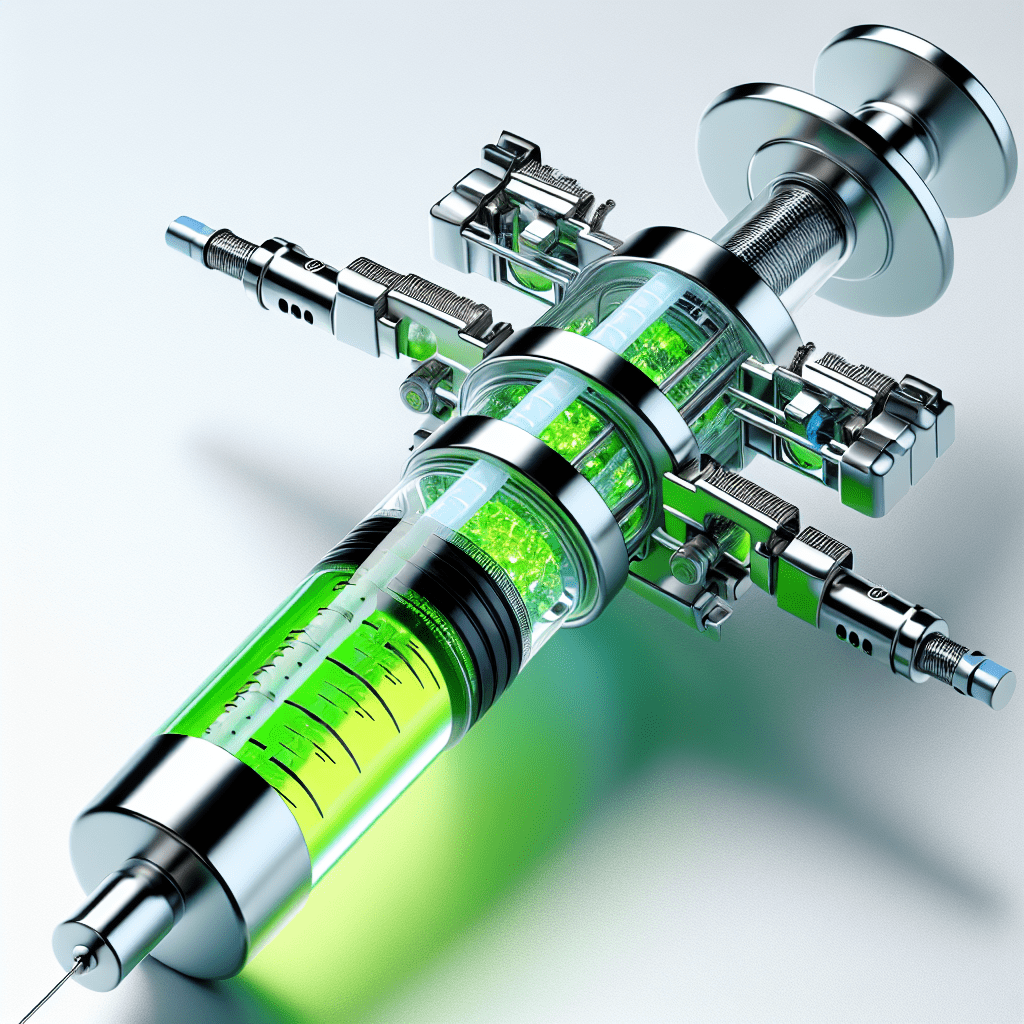
Biohacking for athletes: using technology to improve your performance
Introduction
In today’s world, where athletes are constantly pushing the boundaries of human performance, finding ways to optimize one’s lifestyle, health, and overall well-being has become crucial. This quest for improvement has led to a growing interest in biohacking. Biohacking is the practice of using technology and science to improve one’s physical and mental performance. By manipulating different factors such as nutrition, sleep, exercise, and stress management, biohacking offers athletes a unique opportunity to enhance their performance naturally, without resorting to banned substances or questionable practices. In this blog post, we will explore the key concepts of biohacking for athletes and provide practical tips for incorporating biohacking principles into your daily routine.
Key Concepts of Biohacking for athletes
Nutrition
Nutrition plays a vital role in an athlete’s performance. By carefully choosing the right macronutrients and timing meals strategically, athletes can optimize their energy levels, promote muscle growth and recovery, and enhance overall performance. Biohacking advocates for personalized nutrition plans based on individual needs, metabolism, and training goals. Experimenting with different diets, such as the ketogenic diet or intermittent fasting, can also help athletes discover what works best for them.
Sleep Optimization
Sleep is often overlooked but is crucial for an athlete’s performance and recovery. Biohacking focuses on optimizing sleep quality and quantity through various methods. These may include creating a sleep-friendly environment, establishing a consistent sleep routine, reducing exposure to blue light before bed, and incorporating relaxation techniques like meditation or breathing exercises. Prioritizing sleep can lead to improved cognitive function, enhanced muscle repair, and a stronger immune system.
Exercise and Training
Biohacking encourages athletes to adopt a holistic approach to exercise and training. It emphasizes the importance of combining different types of physical activities, such as strength training, cardiovascular exercises, and mobility work, to achieve optimal results. Athletes can also utilize biofeedback devices, like heart rate monitors or activity trackers, to track performance metrics and make data-informed decisions. Additionally, biohacking promotes the concept of “hacking” workouts by using techniques like HIIT (High-Intensity Interval Training) to maximize efficiency and results.
Stress Management
Stress can impact an athlete’s performance both mentally and physically. Biohacking offers various techniques and practices to manage stress effectively. These may include mindfulness and meditation, stress-reducing supplements or adaptogens, and adopting stress-reducing routines like journaling or deep breathing exercises. By actively managing stress levels, athletes can improve focus, promote recovery, and reduce the risk of burnout.
Technology in Biohacking
Technology plays a significant role in biohacking for athletes. Wearable devices, such as smartwatches or fitness trackers, provide real-time data on metrics like heart rate, sleep quality, and recovery status. This information can be used to make informed decisions about training intensity, recovery protocols, and overall performance optimization. Additionally, there are biohacking devices like cryotherapy chambers or photobiomodulation devices that offer targeted treatments for muscle recovery and injury prevention.
Practical Biohacking Tips
- Personalize Your Nutrition: Experiment with different diets and food combinations to find what works best for your body. Consider consulting with a registered dietitian or nutritionist to create a personalized nutrition plan.
Prioritize Sleep: Establish a consistent sleep routine, create a sleep-friendly environment, and limit electronic device usage before bed. Consider implementing relaxation techniques like meditation or soothing music to improve sleep quality.
Diversify Your Training: Incorporate a mix of strength training, cardio exercises, and mobility work into your training regimen. Varying the intensity and type of workouts can prevent plateaus and improve overall fitness levels.
Practice Stress-Reducing Techniques: Integrate stress-reducing activities like mindfulness, meditation, or deep breathing exercises into your daily routine. Consider using adaptogenic herbs or supplements to support your body’s stress response.
Leverage Technology: Utilize wearable devices or biofeedback tools to track performance metrics and make data-informed decisions. Take advantage of biohacking devices such as cryotherapy chambers or photobiomodulation devices to enhance recovery and prevent injuries.
Biohacking FAQs
Question 1: Can biohacking help improve endurance performance?
- Answer: Yes, biohacking can play a significant role in enhancing endurance performance. Strategies like optimizing nutrition, utilizing specific training protocols, and engaging in regular recovery practices can help improve an athlete’s endurance.
Question 2: Can biohacking improve muscle recovery?
- Answer: Absolutely. Biohacking techniques like optimizing sleep, incorporating active recovery exercises, and using recovery tools such as compression boots or cold therapy can significantly enhance muscle recovery and reduce post-workout soreness.
Question 3: Is biohacking safe for athletes?
- Answer: Biohacking, when done responsibly and under the guidance of professionals, can be safe and beneficial for athletes. It’s essential to consult with qualified experts in areas like nutrition, exercise, and sleep optimization to ensure personalized and safe biohacking practices.
Question 4: Are there any potential downsides to biohacking?
- Answer: Like any practice, there can be potential downsides if biohacking is approached without proper knowledge or guidance. Athletes should be cautious about extreme interventions or unproven methods that may have adverse effects on their health or performance. It’s important to prioritize a balanced approach and consult experts in the field.
Question 5: Can biohacking replace hard work and training?
- Answer: Biohacking should be seen as a complementary approach to hard work and training, rather than a replacement. While biohacking strategies can enhance performance, they cannot replace consistent training, skill development, and dedication required to excel as an athlete.
Conclusion
Biohacking offers athletes a unique opportunity to optimize their physical and mental performance using technology and science. By focusing on key concepts like nutrition, sleep optimization, exercise, stress management, and leveraging advancements in technology, athletes can improve their overall health and achieve their performance goals. However, it’s important to approach biohacking with caution, seeking guidance from professionals in the field. Incorporating biohacking techniques into your routine can help enhance your health and fitness journey, leading to improved performance and well-being.
Disclaimer: This article aims to provide information about biohacking for athletes but should not be considered medical or professional advice. Please consult with qualified professionals before making any significant changes to your training or lifestyle.



